#image descriptions are included!
Text

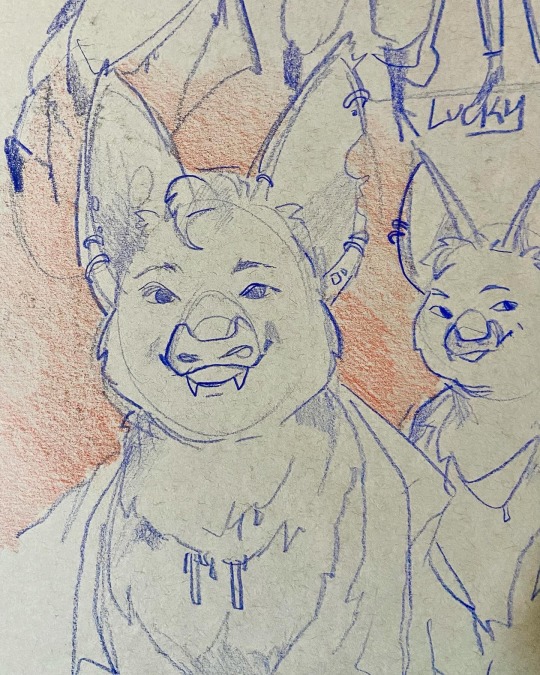

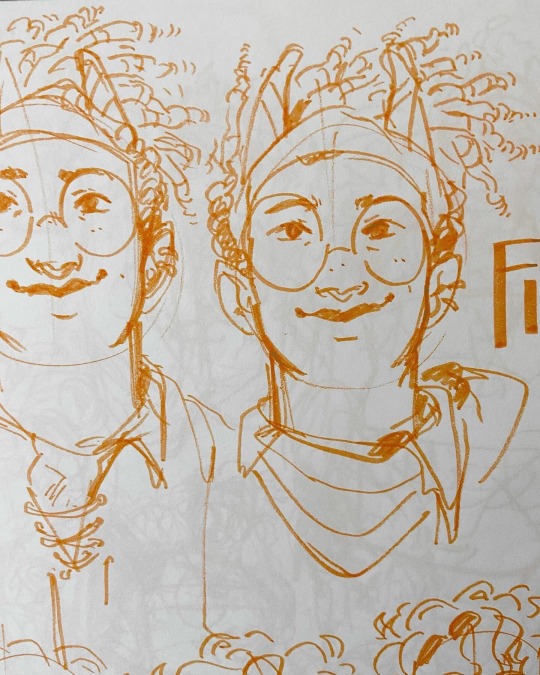






sketchbook since may
#dnd#dnd 5e#character design#sketchbook#art tag#image descriptions are included!#bishop#thursday#honey#dallas#leviathan
19 notes
·
View notes
Text
I've been thinking a lot lately about how Kabru deprives himself.


Kabru as a character is intertwined with the idea that sometimes we have to sacrifice the needs of the few for the good of the many. He ultimately subverts this first by sabotaging the Canaries and then by letting Laios go, but in practice he's already been living a life of self-sacrifice.
Saving people, and learning the secrets of the dungeons to seal them, are what's important. Not his own comforts. Not his own desires. He forces them down until he doesn't know they're there, until one of them has to come spilling out during the confession in chapter 76.
Specifically, I think it's very significant, in a story about food and all that it entails, that Kabru is rarely shown eating. He's the deuteragonist of Dungeon Meshi, the cooking manga, but while meals are the anchoring points of Laios's journey, given loving focus, for Kabru, they're ... not.

I'm sure he eats during dungeon expeditions, in the routine way that adventurers must when they sit down to camp. But on the surface, you get the idea that Kabru spends most of his time doing his self-assigned dungeon-related tasks: meeting with people, studying them, putting together that evidence board, researching the dungeon, god knows what else. Feeding himself is secondary.
He's introduced during a meal, eating at a restaurant, just to set up the contrast between his party and Laios's. And it's the last normal meal we see him eating until the communal ending feast (if you consider Falin's dragon parts normal).
First, we get this:
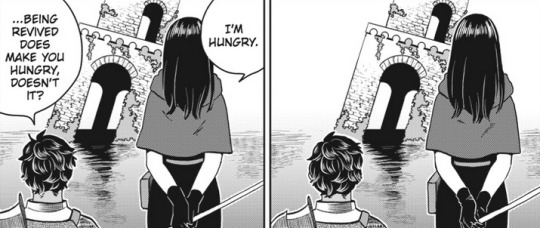
Kabru's response here is such a non-answer, it strongly implies to me that he wasn't thinking about it until Rin brought it up. That he might not even be feeling the hunger signals that he logically knew he should.
They sit down to eat, but Kabru is never drawn reaching for food or eating it like the rest of his party. He only drinks.

It's possible this means nothing, that we can just assume he's putting food in his mouth off-panel, but again, this entire manga is about food. Cooking it, eating it, appreciating it, taking pleasure in it, grounding yourself in the necessary routine of it and affirming your right to live by consuming it. It's given such a huge focus.
We don't see him eat again until the harpy egg.
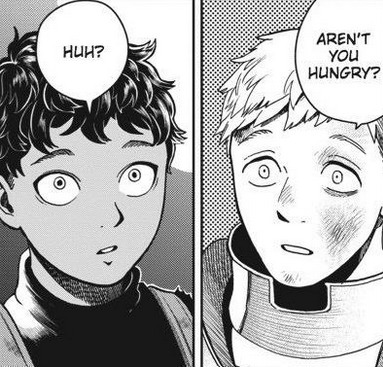
What a significant question for the protagonist to ask his foil in this story about eating! Aren't you hungry? Aren't you, Kabru?

He was revived only minutes ago after a violent encounter. And then he chokes down food that causes him further harm by triggering him, all because he's so determined to stay in Laios's good graces.
In his flashback, we see Milsiril trying to spoon-feed young Kabru cake that we know he doesn't like. He doesn't want to eat: he wants to be training.


Then with Mithrun, we see him eating the least-monstery monster food he can get his hands on, for the sake of survival- walking mushroom, barometz, an egg. The barometz is his first chance to make something like an a real meal, and he actually seems excited about it because he wants to replicate a lamb dish his mother used to make him!
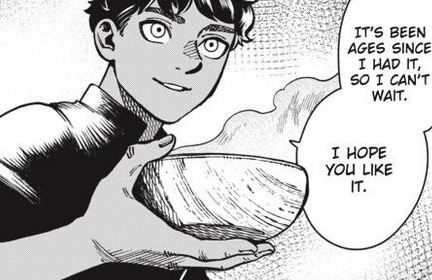
...but he doesn't get to enjoy it like he wanted to.
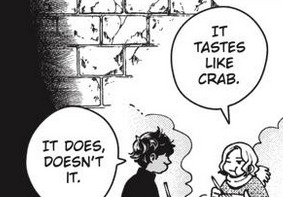
Then, when all the Canaries are eating field rations ... Kabru still isn't shown eating. He's only shown giving food to Mithrun.

And of course the next time he eats is the bavarois, which for his sake is at least plant based ... but he still has to use a coping mechanism to get through it.
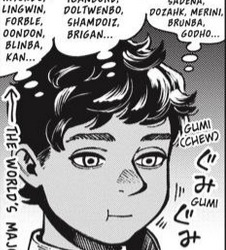
I don't think Kabru does this all on purpose. I think Kui does this all on purpose. Kabru's Post Traumatic Stress Disorder should be understood as informing his character just as much as Laios's autism informs his. It's another way that Kabru and Laios act as foils: where Laios takes pleasure in meals and approaches food with the excitement of discovery, Kabru's experiences with eating are tainted by his trauma. Laios indulges; Kabru denies himself. Laios is shown enjoying food, Kabru is shown struggling with it.
And I can very easily imagine a reason why Kabru might have a subconscious aversion towards eating.


Meals are the privilege of the living.

#Dungeon Meshi#Delicious in Dungeon#Kabru#Kabru of Utaya#Laios Touden#Dungeon Meshi meta#you can have him in the tags too. as a treat.#Dungeon Meshi spoilers#this was directly inspired by livelaughlaios's post about Kabru self harming but I decided it got too long to make it a direct reply#this is a theory I've been working on for weeks because I kept noticing this while skimming for screencaps#I'm hesitant to trigger tag this because of the way certain subcultures on tumblr operate#but if anyone needs me to add a content warning please let me know#also I included image descriptions! I did my best#I think they even help illustrate my points but my god were they sad to write. Kabru is so fucking sad you guys#musings with Dea
12K notes
·
View notes
Text
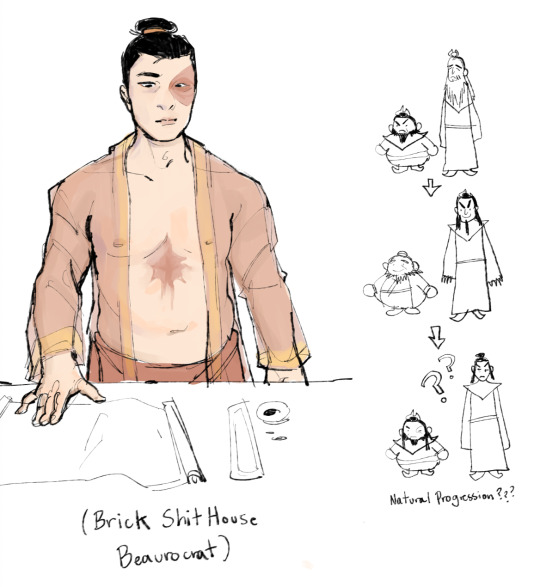
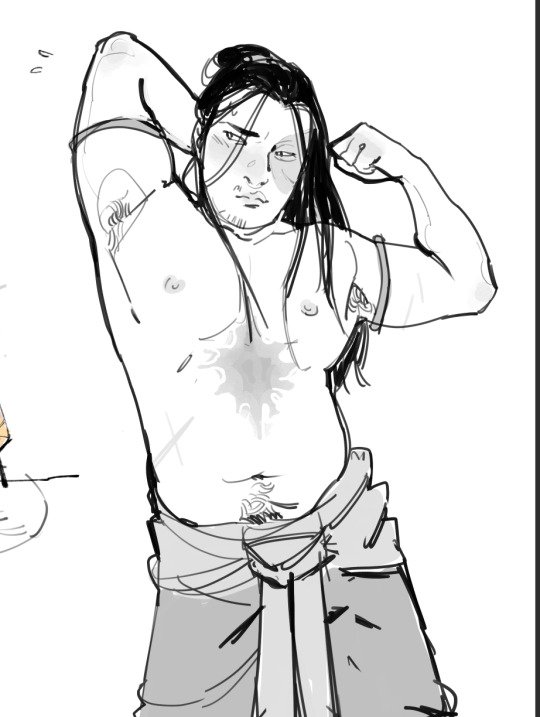

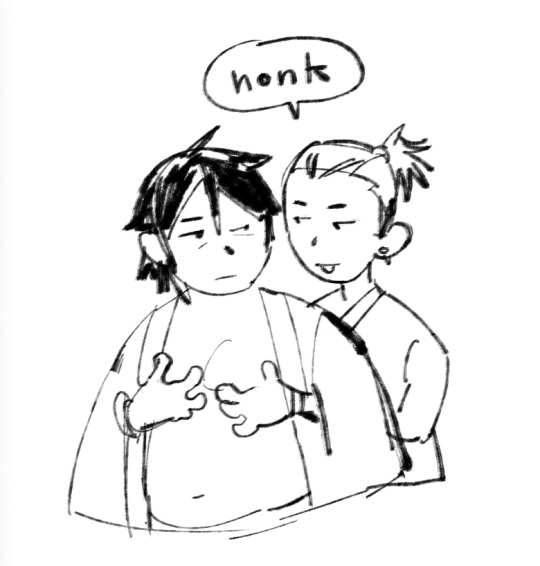
Zuko doodles of a specific nature
#((includes not really image descriptions but more like shitty handwriting translation))#zuko#zukka#atla#allgremlinart#anyway. double chin zuko truthers rise#chubko
5K notes
·
View notes
Text
One of my biggest pieces of advice for those taking injectable hormones is to make sure you're injecting at the right angle
For intramuscular (IM), you inject at a 90° angle.
For subcutaneous (SQ), you inject at a 45° angle.
Here is a graphic depicting what the angle of your injection should look like:
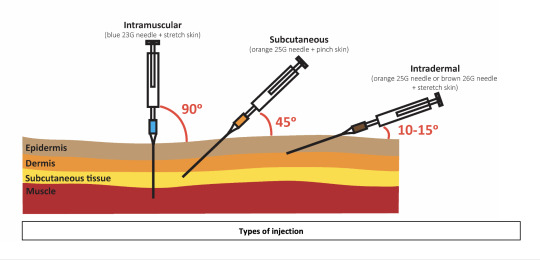
An image description is provided in the ALT text.
#trans#transgender#lgbt#lgbtq#ftm#mtf#nonbinary#trans advice#just did my IM shot and that's why i'm making this#i've saved myself a LOT of pain once i actually started paying attention to the angle i am injecting at#i was so much more focused on making sure everything else was right and i slacked on being sure i'm injecting at 90°#hopefully the ID makes sense 👍#i pulled the graphic off the internet which is why dermis is included. afaik dermis isn't a technique used for HRT#needle tw#needles tw#injection tw#described images#image description in alt
6K notes
·
View notes
Text
So I accidentally almost got into an argument on Twitter, and now I'm thinking about bad historical costuming tropes. Specifically, Action Hero Leather Pants.
See, I was light-heartedly pointing out the inaccuracies of the costumes in Black Sails, and someone came out of the woodwork to defend the show. The misunderstanding was that they thought I was dismissing the show just for its costumes, which I wasn't - I was simply pointing out that it can't entirely care about material history (meaning specifically physical objects/culture) if it treats its clothes like that.
But this person was slightly offended on behalf of their show - especially, quote, "And from a fan of OFMD, no less!" Which got me thinking - it's true! I can abide a lot more historical costuming inaccuracy from Our Flag than I can Black Sails or Vikings. And I don't think it's just because one has my blorbos in it. But really, when it comes down to it...
What is the difference between this and this?
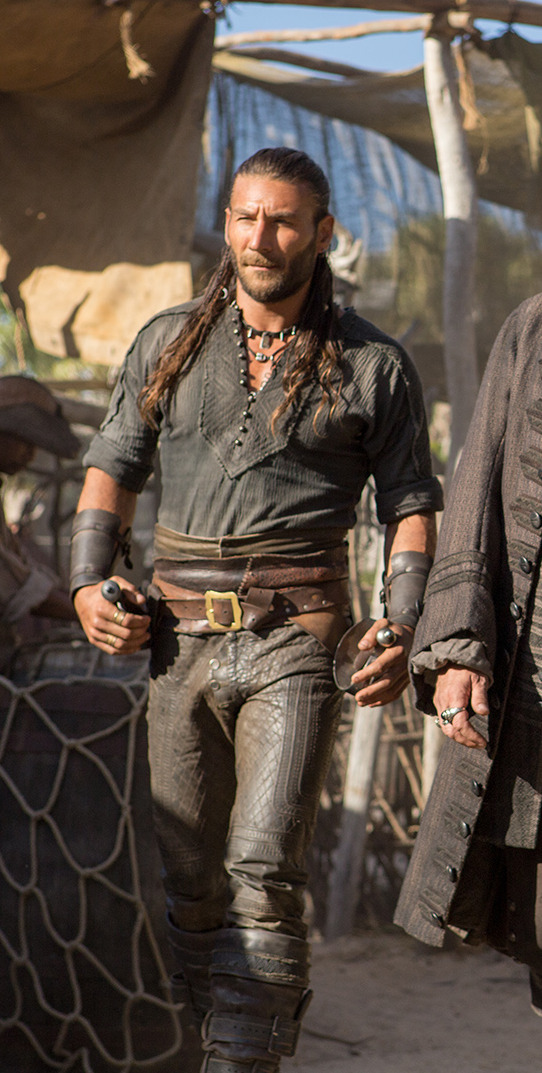
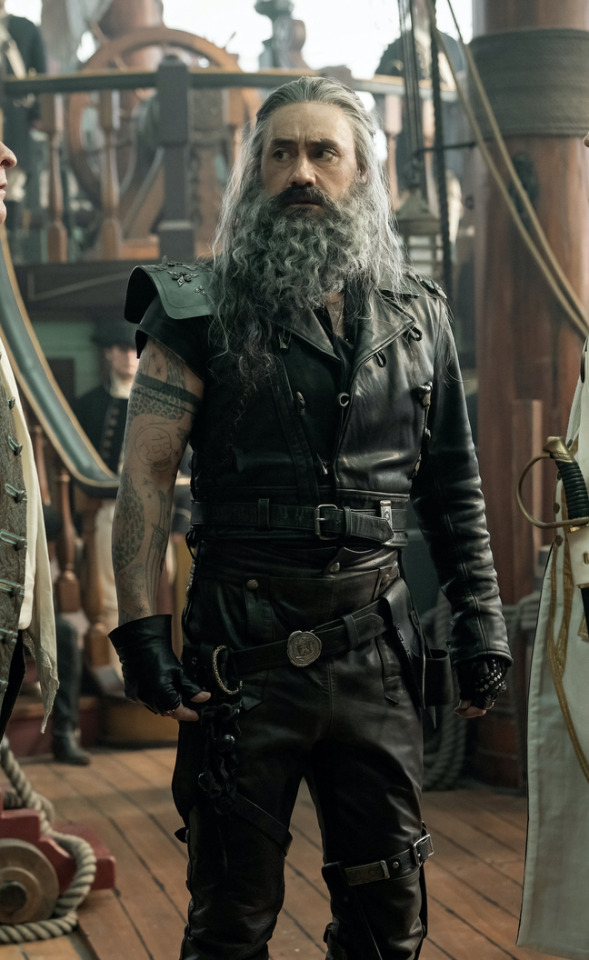
Here's the thing. Leather pants in period dramas isn't new. You've got your Vikings, Tudors, Outlander, Pirates of the Caribbean, Once Upon a Time, Will, The Musketeers, even Shakespeare in Love - they love to shove people in leather and call it a day. But where does this come from?

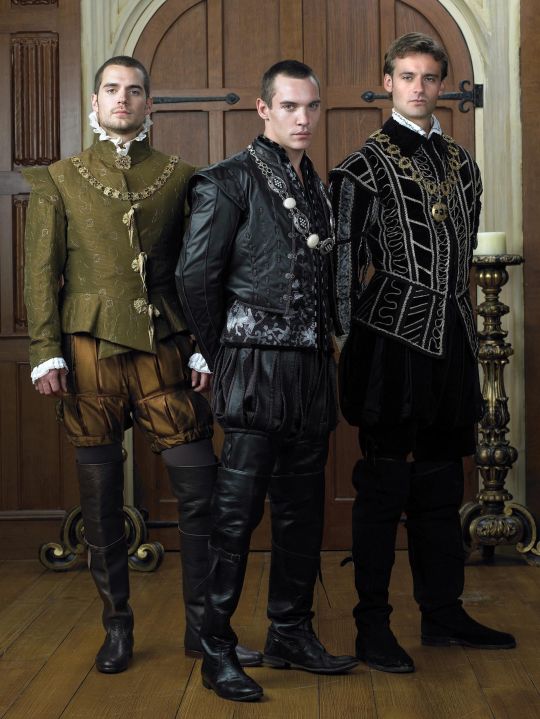
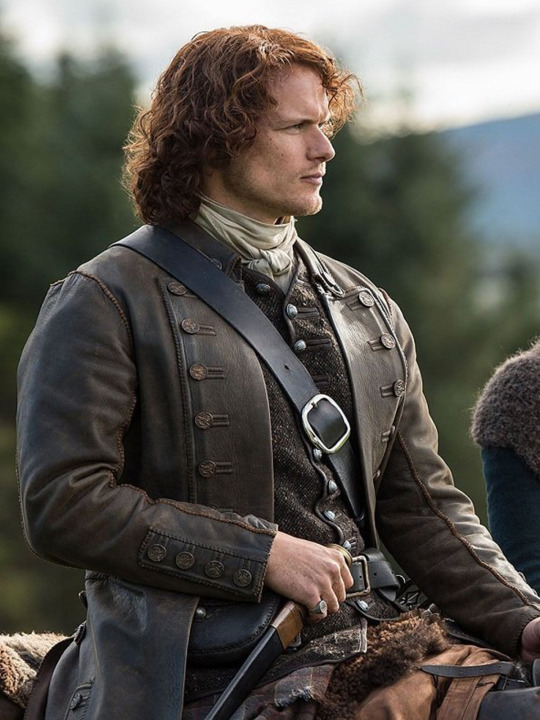

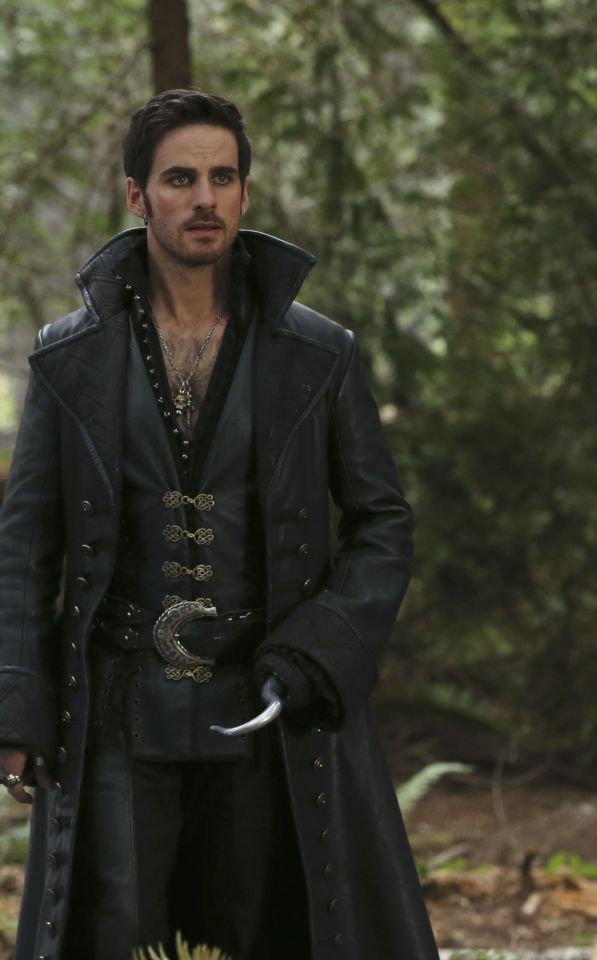
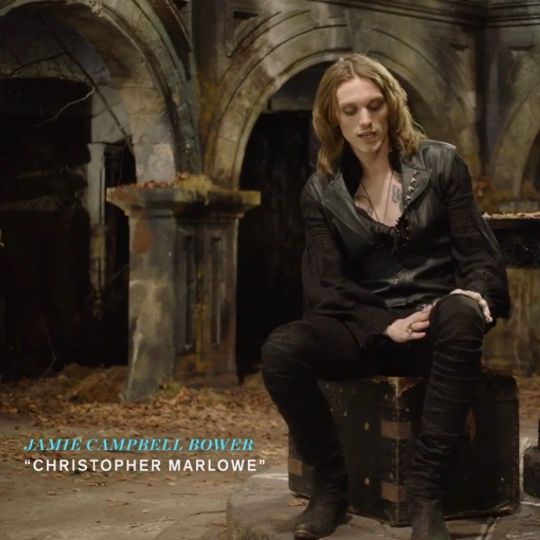
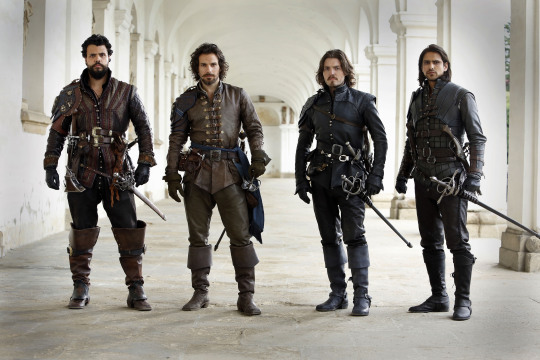

Obviously we have the modern connotations. Modern leather clothes developed in a few subcultures: cowboys drew on Native American clothing. (Allegedly. This is a little beyond my purview, I haven't seen any solid evidence, and it sounds like the kind of fact that people repeat a lot but is based on an assumption. I wouldn't know, though.) Leather was used in some WWI and II uniforms.
But the big boom came in the mid-C20th in motorcycle, punk/goth, and gay subcultures, all intertwined with each other and the above. Motorcyclists wear leather as practical protective gear, and it gets picked up by rock and punk artists as a symbol of counterculture, and transferred to movie designs. It gets wrapped up in gay and kink communities, with even more countercultural and taboo meanings. By the late C20th, leather has entered mainstream fashion, but it still carries those references to goths, punks, BDSM, and motorbike gangs, to James Dean, Marlon Brando, and Mick Jagger. This is whence we get our Spikes and Dave Listers in 1980s/90s media, bad boys and working-class punks.


And some of the above "historical" design choices clearly build on these meanings. William Shakespeare is dressed in a black leather doublet to evoke the swaggering bad boy artist heartthrob, probably down on his luck. So is Kit Marlowe.
But the associations get a little fuzzier after that. Hook, with his eyeliner and jewellery, sure. King Henry, yeah, I see it. It's hideously ahistorical, but sure. But what about Jamie and Will and Ragnar, in their browns and shabby, battle-ready chic? Well, here we get the other strain of Bad Period Drama Leather.
See, designers like to point to history, but it's just not true. Leather armour, especially in the western/European world, is very, very rare, and not just because it decays faster than metal. (Yes, even in ancient Greece/Rome, despite many articles claiming that as the start of the leather armour trend!) It simply wasn't used a lot, because it's frankly useless at defending the body compared to metal. Leather was used as a backing for some splint armour pieces, and for belts, sheathes, and buckles, but it simply wasn't worn like the costumes above. It's heavy, uncomfortable, and hard to repair - it's simply not practical for a garment when you have perfectly comfortable, insulating, and widely available linen, wool, and cotton!
As far as I can see, the real influence on leather in period dramas is fantasy. Fantasy media has proliferated the idea of leather armour as the lightweight choice for rangers, elves, and rogues, a natural, quiet, flexible material, less flashy or restrictive than metal. And it is cheaper for a costume department to make, and easier for an actor to wear on set. It's in Dungeons and Dragons and Lord of the Rings, King Arthur, Runescape, and World of Warcraft.

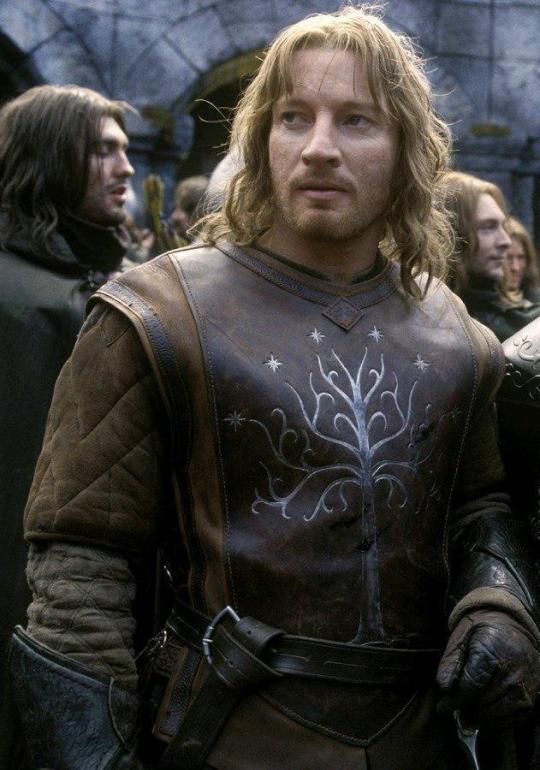
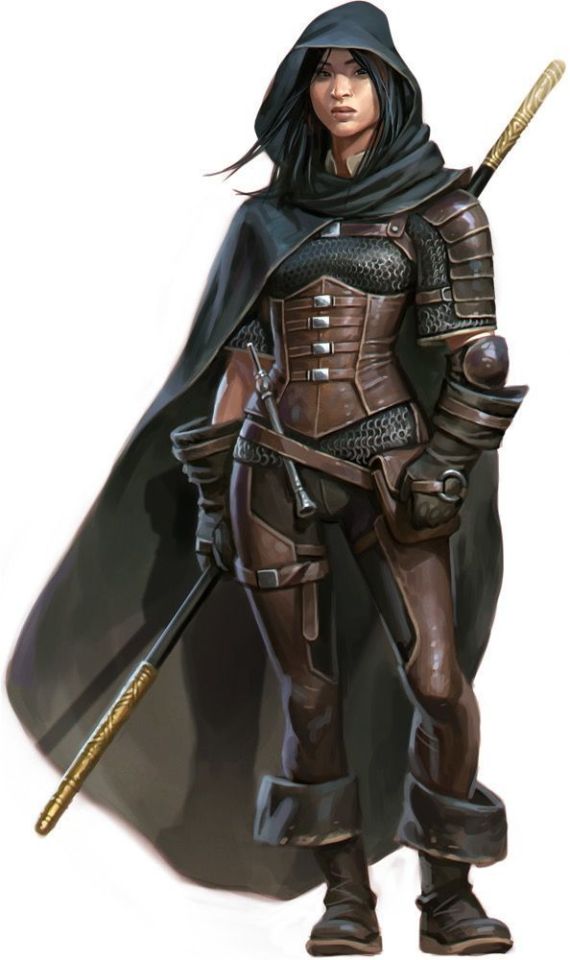
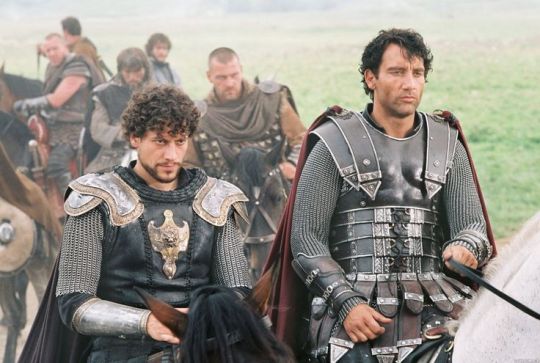

And I think this is how we get to characters like Ragnar and Vane. This idea of leather as practical gear and light armour, it's fantasy, but it has this lineage, behind which sits cowboy chaps and bomber/flight jackets. It's usually brown compared to the punk bad boy's black, less shiny, and more often piecemeal or decorated. In fact, there's a great distinction between the two Period Leather Modes within the same piece of media: Robin Hood (2006)! Compare the brooding, fascist-coded villain Guy of Gisborne with the shabby, bow-wielding, forest-dwelling Robin:

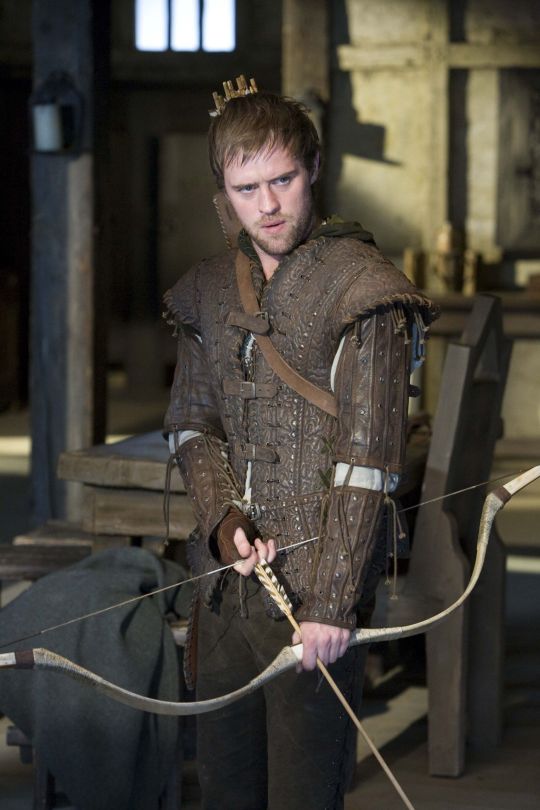
So, back to the original question: What's the difference between Charles Vane in Black Sails, and Edward Teach in Our Flag Means Death?
Simply put, it's intention. There is nothing intentional about Vane's leather in Black Sails. It's not the only leather in the show, and it only says what all shabby period leather says, relying on the same tropes as fantasy armour: he's a bad boy and a fighter in workaday leather, poor, flexible, and practical. None of these connotations are based in reality or history, and they've been done countless times before. It's boring design, neither historically accurate nor particularly creative, but much the same as all the other shabby chic fighters on our screens. He has a broad lineage in Lord of the Rings and Pirates of the Caribbean and such, but that's it.
In Our Flag, however, the lineage is much, much more intentional. Ed is a direct homage to Mad Max, the costuming in which is both practical (Max is an ex-cop and road warrior), and draws on punk and kink designs to evoke a counterculture gone mad to the point of social breakdown, exploiting the thrill of the taboo to frighten and titillate the audience.
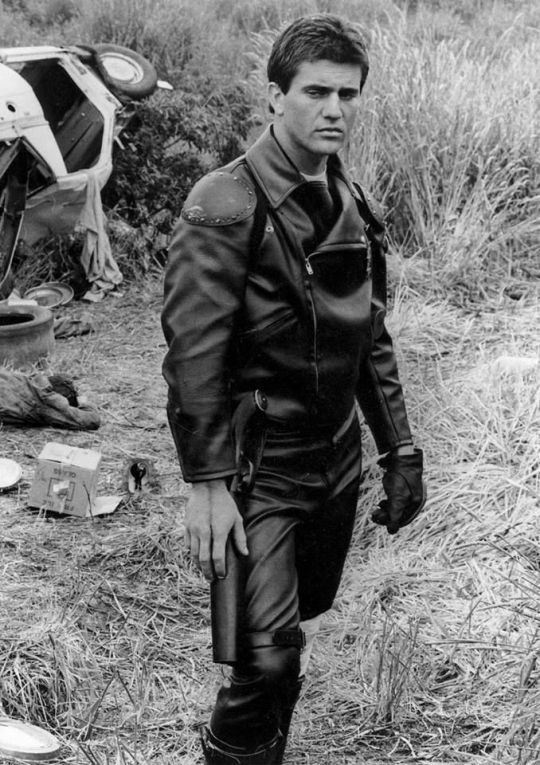
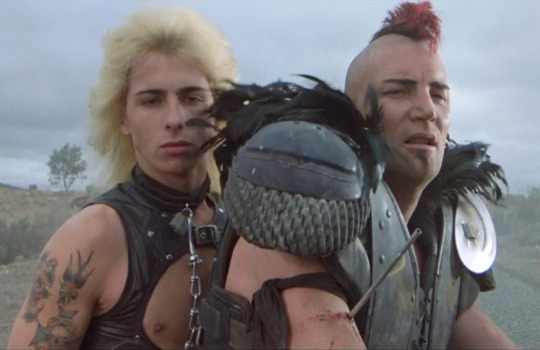
In particular, Ed is styled after Max in the second movie, having lost his family, been badly injured, and watched the world turn into an apocalypse. He's a broken man, withdrawn, violent, and deliberately cutting himself off from others to avoid getting hurt again. The plot of Mad Max 2 is him learning to open up and help others, making himself vulnerable to more loss, but more human in the process.

This ties directly into the themes of Our Flag - it's a deliberate intertext. Ed's emotional journey is also one from isolation and pain to vulnerability, community, and love. Mad Max (intentionally and unintentionally) explores themes of masculinity, violence, and power, while Max has become simplified in the popular imagination as a stoic, badass action hero rather than the more complex character he is, struggling with loss and humanity. Similarly, Our Flag explores masculinity, both textually (Stede is trying to build a less abusive pirate culture) and metatextually (the show champions complex, banal, and tender masculinities, especially when we're used to only seeing pirates in either gritty action movies or childish comedies).
Our Flag also draws on the specific countercultures of motorcycles, rockers, and gay/BDSM culture in its design and themes. Naturally, in such a queer show, one can't help but make the connection between leather pirates and leather daddies, and the design certainly nods at this, with its vests and studs. I always think about this guy, with his flat cap so reminiscient of gay leather fashions.

More overtly, though, Blackbeard and his crew are styled as both violent gangsters and countercultural rockstars. They rove the seas like a bikie gang, free and violent, and are seen as icons, bad boys and celebrities. Other pirates revere Blackbeard and wish they could be on his crew, while civilians are awed by his reputation, desperate for juicy, gory details.
This isn't all of why I like the costuming in Our Flag Means Death (especially season 1). Stede's outfits are by no means accurate, but they're a lot more accurate than most pirate media, and they're bright and colourful, with accurate and delightful silks, lace, velvets, and brocades, and lovely, puffy skirts on his jackets. Many of the Revenge crew wear recognisable sailor's trousers, and practical but bright, varied gear that easily conveys personality and flair. There is a surprising dedication to little details, like changing Ed's trousers to fall-fronts for a historical feel, Izzy's puffy sleeves, the handmade fringe on Lucius's red jacket, or the increasing absurdity of navy uniform cuffs between Nigel and Chauncey.
A really big one is the fact that they don't shy away from historical footwear! In almost every example above, we see the period drama's obsession with putting men in skinny jeans and bucket-top boots, but not only does Stede wear his little red-heeled shoes with stockings, but most of his crew, and the ordinary people of Barbados, wear low boots or pumps, and even rough, masculine characters like Pete wear knee breeches and bright colours. It's inaccurate, but at least it's a new kind of inaccuracy, that builds much more on actual historical fashions, and eschews the shortcuts of other, grittier period dramas in favour of colour and personality.
But also. At least it fucking says something with its leather.
#everyone say 'thank you togas' for not including a long tangent about evil rimmer in red dwarf 5x05#Our Flag Means Death#Togas does meta#and yes these principles DO fall apart slightly in s2 and i DON'T like those costumes as much#don't get me wrong they're fun and gorgeous - but generally a bit less deep and more inaccurate. so. :(#I'm not sure this really says anything new about Our Flag but I just needed to get my thoughts out#i hate hate hate Gritty Period Drama costumes they're so boring and so ugly and so wrong#god bless OFMD for using more than 3 muted colours and actually putting men in heels (and not as a shorthand for rich/foppish villainy) <3#looking at that Tudors still is insane like they really will go to any lengths to not make men feel like they've got bare legs XD#image descriptions in alt text#and yes i DID just sink about two hours into those so you'd better appreciate them
1K notes
·
View notes
Text


I am both King and Queen best of both things!
But Dad works fine.
#toh#toh spoilers#the owl house#toh finale#watching and dreaming#little break from your regularly schedule hedgehogs because: that finale huh#also This Guy has been living in my head rent free since I saw him#im in love with his design#peak Dad#edit: thank you to the person that provided an Image description!!#I've updated the post to include it#misc fandoms
4K notes
·
View notes
Text
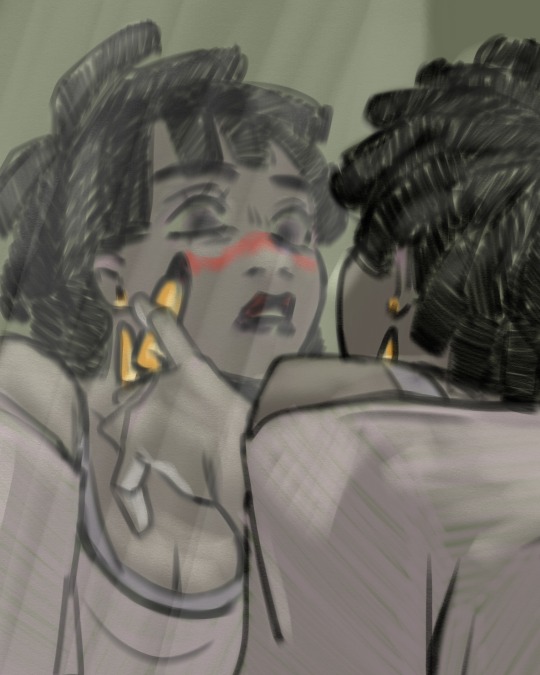

vanity
[Image description: digital art of Grace from Infinity Train, facing a mirror and using a lipstick tube to apply the red Apex squiggle/sine wave to her face. The first image is grayscale, aside from red and gold accents. The second image is identical, but uses full color. End description.]
#infinity train#grace monroe#infinity train book 3#two hours and seventeen minutes. give or take. closer to 3 if we include filters and cropping#i want to know how ppl interpret this. like which grace is holding the lipstick tube#i drew it unambiguously at first in the full img but then i cropped it out#MY ART#edited to add image description!! thank you anistarrose for describing <3#my described art
638 notes
·
View notes
Text
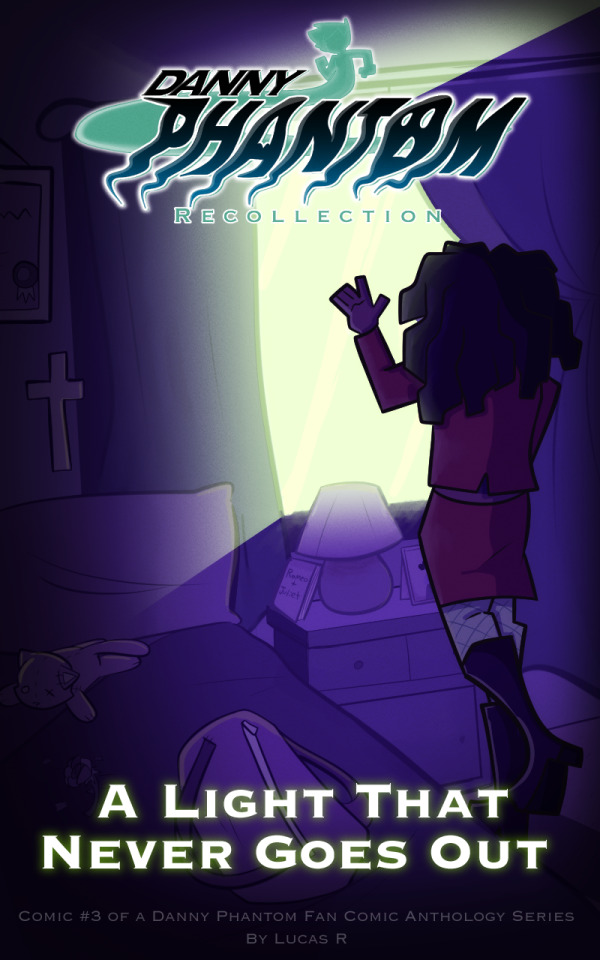
[cw for car/vehicle-based traffic accidents and blood.]
Usually I post these on my ko-fi and wait until at least a week to post them here but, to tell you the truth this took me way too long to finish.
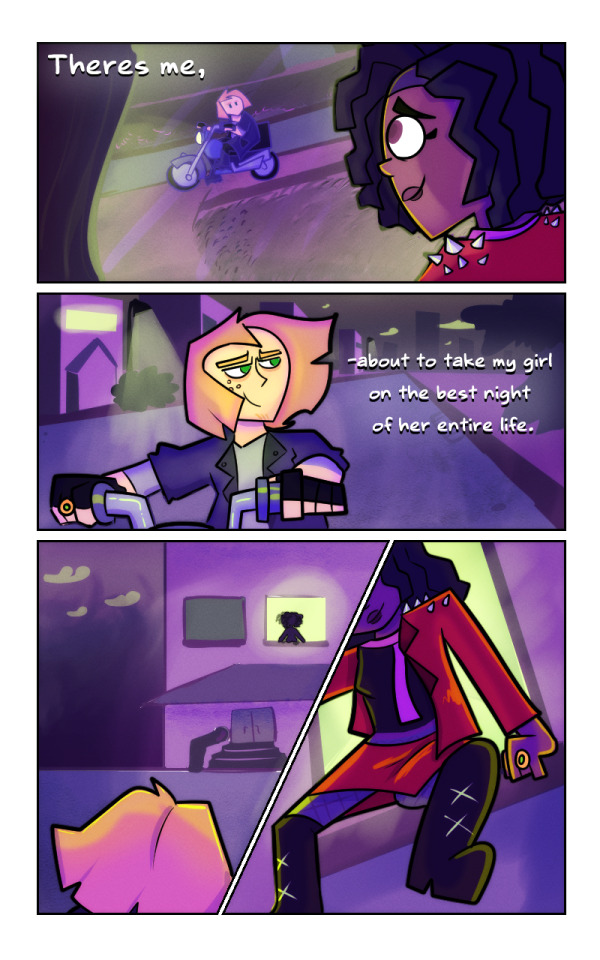

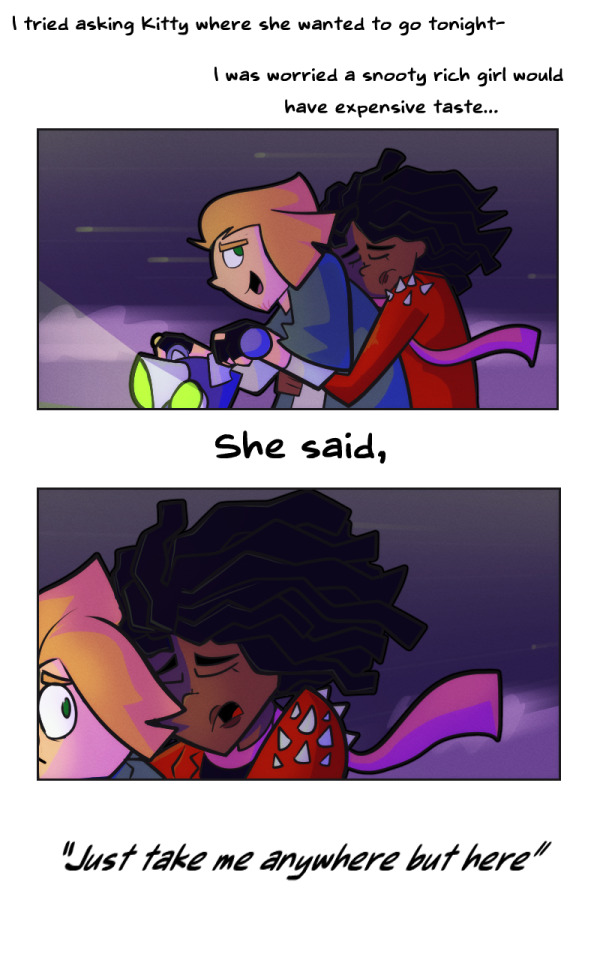

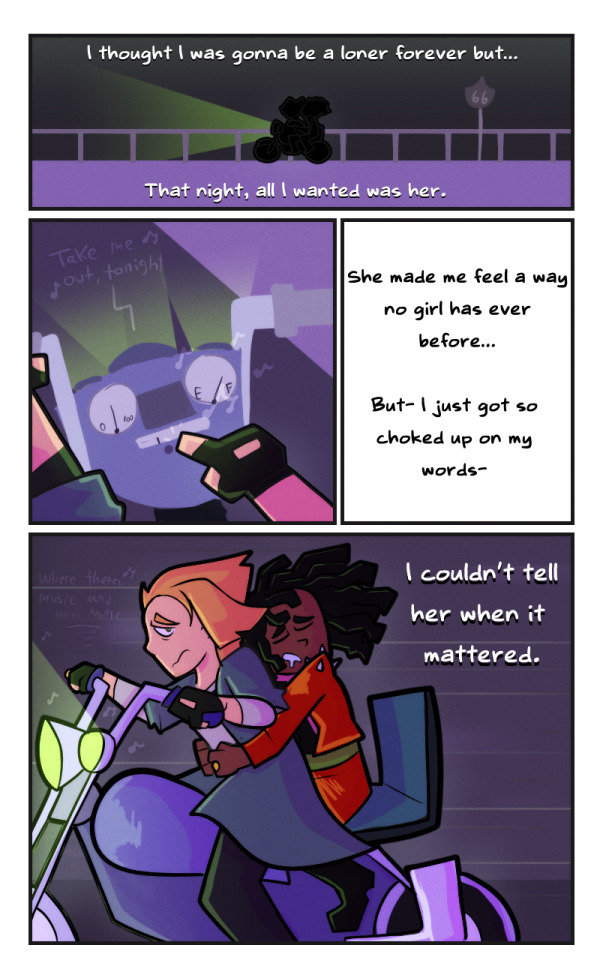


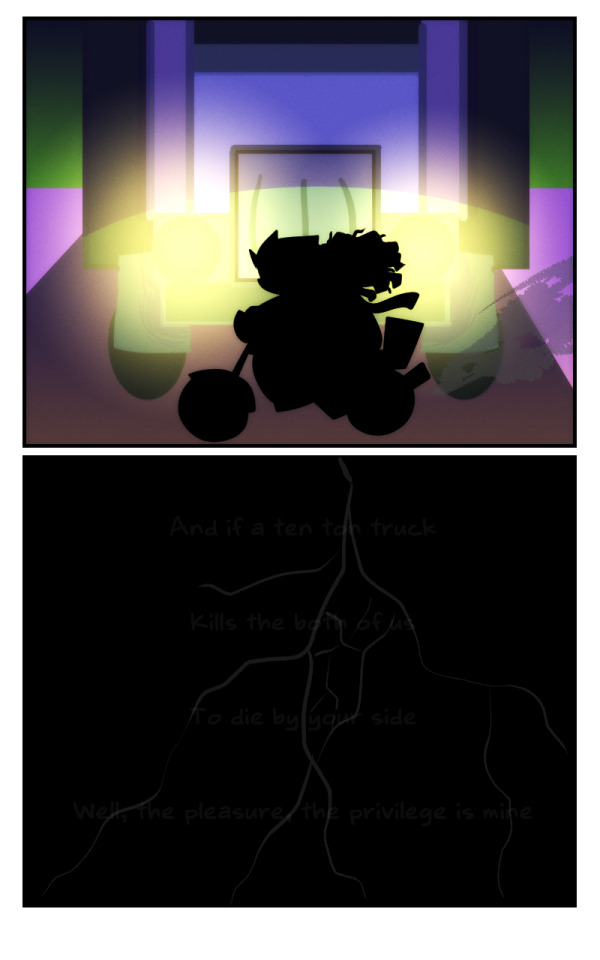
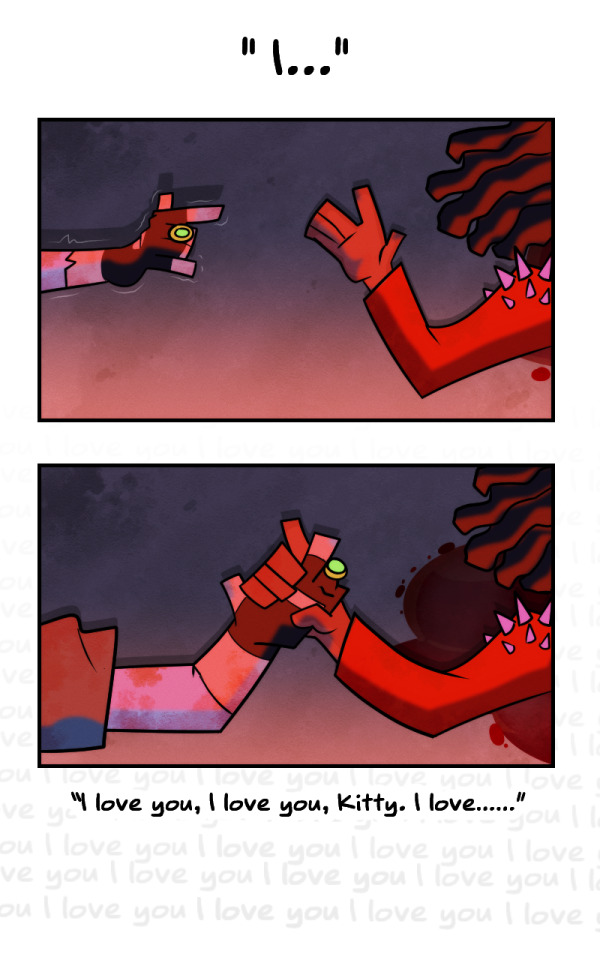

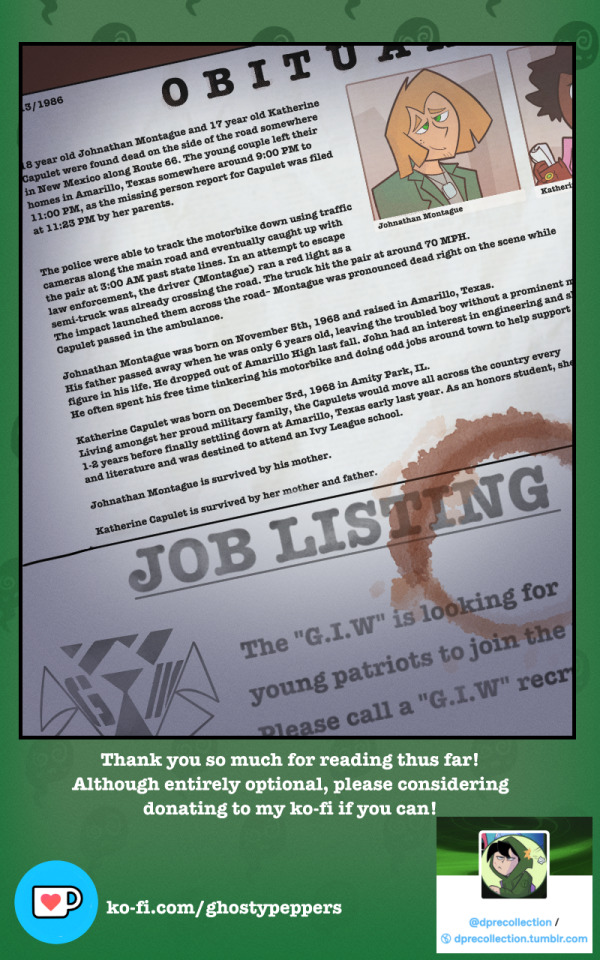
#danny phantom#johnny 13#kitty danny phantom#comics#long post#image descriptions included in alt text- but they arent good#dp#johnny 13 danny phantom#blood cw#car accident cw
489 notes
·
View notes
Text
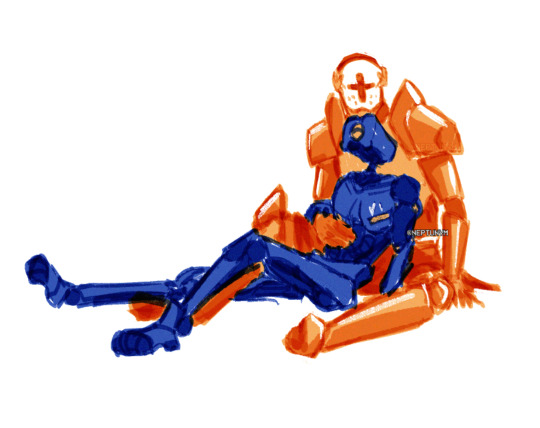
old gabv1el doodle im never doing anything with.
#ultrakill art#ultrakill#ultrakill fanart#gabriel ultrakill#v1 ultrakill#gabv1el#id included#gala doodles#his one's OLD#im finally cleaning out my files bc i got a new tablet. the one ive been eyeing for a while was finally on saleeeeeee#anyway. does anyone else just get really embarrassed writing image descriptions for anything vaguely romantic or is that just me
324 notes
·
View notes
Text
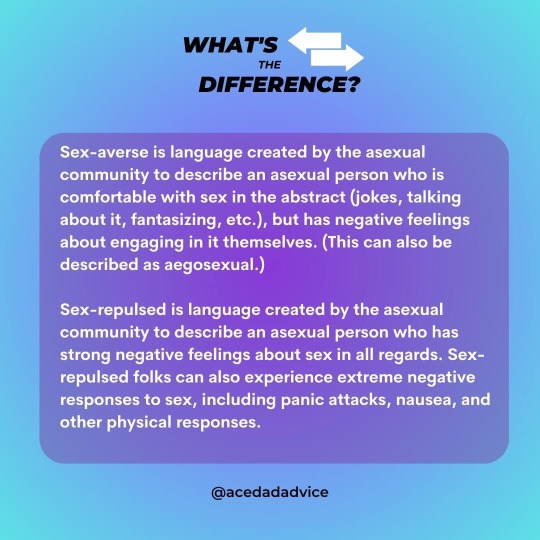
Credit: insta @/acedadadvice
[there was no image description on Instagram or Facebook, I would welcome if someone wrote one into a reblog]
Obviously these terms aren’t set in stone, these definitions aren’t gospel, use whatever definition/ term you are most comfortable with!
I’m sharing this because I went “oh hey, it me!” when I saw this.
I have made it a point to call myself averse to sex consistently and I will keep using sex-aversion to describe my views. It’s nice to see this info-graphic mention aegosexuality in context of that :)
Because yea, I’m a sex-averse aego-ace
EDIT FOR CLARIFICATION: Aegosexual as a sub- / micro-label for asexuality is not inherently connected to being sex-averse. The mention of aegosexuality in this context refers to an aego-ace being comfortable with the fantasy/ idea/ imagination of sex without necessarily wanting to participate in those sexual acts. Many aegosexuals use the label because we prefer sexual fantasies and things we can remove ourselves from (aego literally meaning “without self”). Not all aego-aces are sex-averse. Which is precisely why I said “mentioned in the context of that” since aegosexuality is not inherent to being sex-averse and sex-aversion is not inherent to aegosexuality.
Also, please keep in mind this is about personal feelings towards sex and towards participating in sex. Most asexuals are sex-positive which means we support that everyone has the right to have as much or as little sex, as vanilla or as kinky, as they want to have.
Sex is not shameful, sex is simply something people can do with their bodies. Sex is exactly as meaningful/ intimate as the people participating want it to be. A bodily activity or the most intimate act to share with your chosen partner – it’s as important as you make it out to be, nothing more, nothing less.
#about me#about the mod#sex averse#sex repulsion#sex repulsed#sex aversion#sex positive asexual#sex positivity#sex positive#we are kink positive here sir#kink mention#kink positive#kink ment#acedadadvice#aegosexual#id in alt text#id included#image described#image description in alt
409 notes
·
View notes
Text
flirting
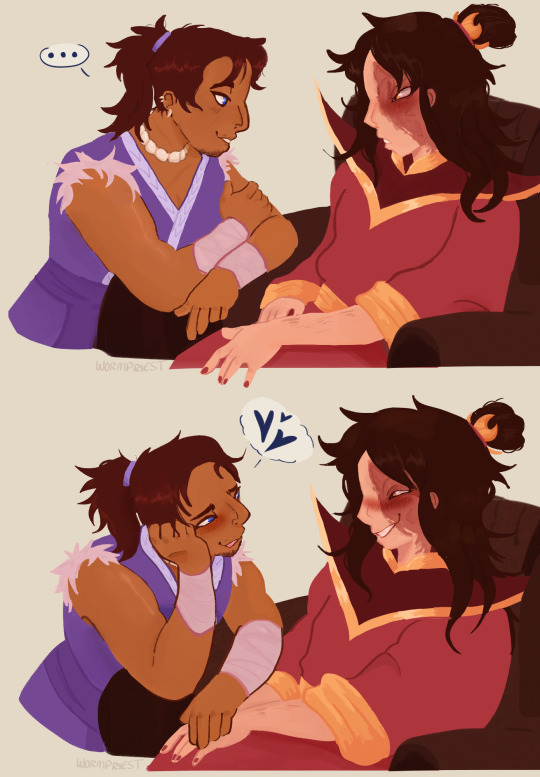
+ close ups


{alt text attached to first image}
this is vaguely inspired by the "your eyes are like sapphires" audio that i love soooo very much!! it fits zuko flirting with sokka more than sokka flirting with zuko but thats alright maybe he can just say "your eyes are like amber" instead
og pic under cut

#zukka#zukka fanart#atla zuko#atla sokka#sokka#zuko#atla fanart#avatar the last airbender#fire lord zuko#finnscribbles#zukka nation let me in i know im 4 years late#image description in alt#sokka/zuko#aang art coming soon i just need to get all my zuko demons out and that includes drawing him and his water boyfie#whyd tumblr kill the quality a little grrrr
293 notes
·
View notes
Text



Come. Join me in my madness.
*caveat: this works best in small sizes—anything big will probably need a more complex stitching setup, end papers, and sturdier book covers. My tiny books have been measuring about 1.5x2.2 cm, and .4 cm thick
#go forth#make some tiny books#i can stop any time I want#but I don’t want to#miniatures#book binding#handlettering#my font#alt-text description instructions included#phew!#if you make one I wanna see it!!#so we can squee together#tried to add alt text to my images!
3K notes
·
View notes
Text
Second, Detailed Reference Sheet for Bendy: 1925
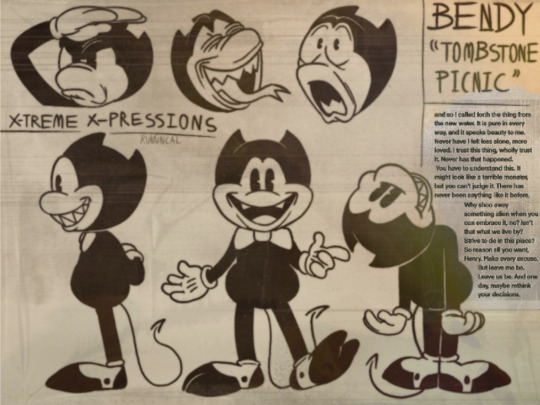
(Image ID: A three-point turnaround for Bendy, as well as some of his more extreme, off-model expressions on the top right. Bendy’s au design has close-set eyes, a sharp, wide smile, a tail, and cloven feet with white spats over them. The extreme expressions on the top are Bendy’s face scrunched up seriously as he salutes, him wincing and laughing with his forked tongue flicking out, and him in utter shock with his jaw dropped. The text on the top left says “BENDY: Tombstone Picnic”. There’s text under it, but it’s mostly illegible. However, it seems to be greyer than everything else, and corrupting the image. End ID)
A small influx of new creatives joined Joey Drew Studios around 1925, which prompted Henry Stein to make a more in-detail reference sheet for others to Use. Us e
s e
#bendy and the ink machine#bendy au#ootim#out of the ink machine#batim#batim au#toon bendy#image description#bendy#no you don’t see any errors go away go away#image description included#everyone ignore hes saluting with the wrong hand thanks
128 notes
·
View notes
Text
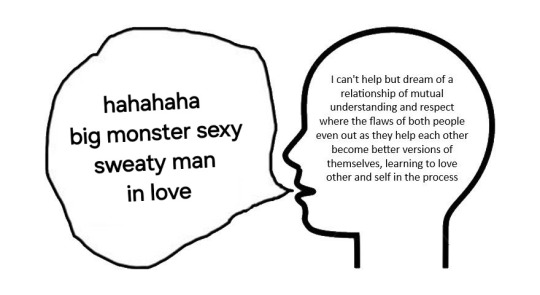
Me trying to explain symbrock - a visualization
#symbrock#venom#veddie#sony#marvel#eddie brock#venom let there be carnage#venom 2#Venom 3#venom movie#venom symbiote#venom comics#venom 2018#venom the last dance#Meme#tumblr memes#Agh#Alt image description included on image itself#the template for this way from a sonadow post but i've lost it already#hopefully i can find it and tag the post
131 notes
·
View notes
Text
You know, I don't necessarily buy into the idea of "you die twice; once when your heart stops beating, and the second when you are forgotten" because I don't think we're truly forgotten.
Throughout history, we've found proof of people existing, well after their death, well after they've been forgotten by their community and time. Even if we do not have names for these people, we know they were alive. We touch their bones, and we internalize their lives. We learn how they lived through the stories we interpret from their bones, and then we tell others about them. They haven't been forgotten, and it's not unlikely that you won't be forgotten.
Why is it that we only "count" if we are immortalized in the history books, if we scar time to the point nothing would be the same if we were forgotten?
And, anyway, look at this cat, who died so long ago, but whose memory is still remembered:

#positivity#described images#image description in alt#death tw#this was partially to show off buffins because he's adorable <3#i always get so emotional looking at these old photos of animals just knowing they are physically not here anymore#but i am so grateful to have known they were physically alive once#and the same is said for humans#i cannot believe that we die ever in a permanent and true and final way#and maybe that is 'too hopeful' but i don't care🩷💛#we cannot predict the future and that includes if we will be forgotten. we never know
423 notes
·
View notes
Note
Normal needs more love man 😭

(Image ID: Norman slightly slouched with his forearm crutches. He winces, which is smiling for him, and lifts one hand up to hold a cup of tea.)
[I agree, Norman’s swell]
#bbib#bendy back in business#norman polk#or should I say#normal polk#sorry had to do it#batim au#bendy au#bendy and the ink machine#the projectionist#image description included
105 notes
·
View notes